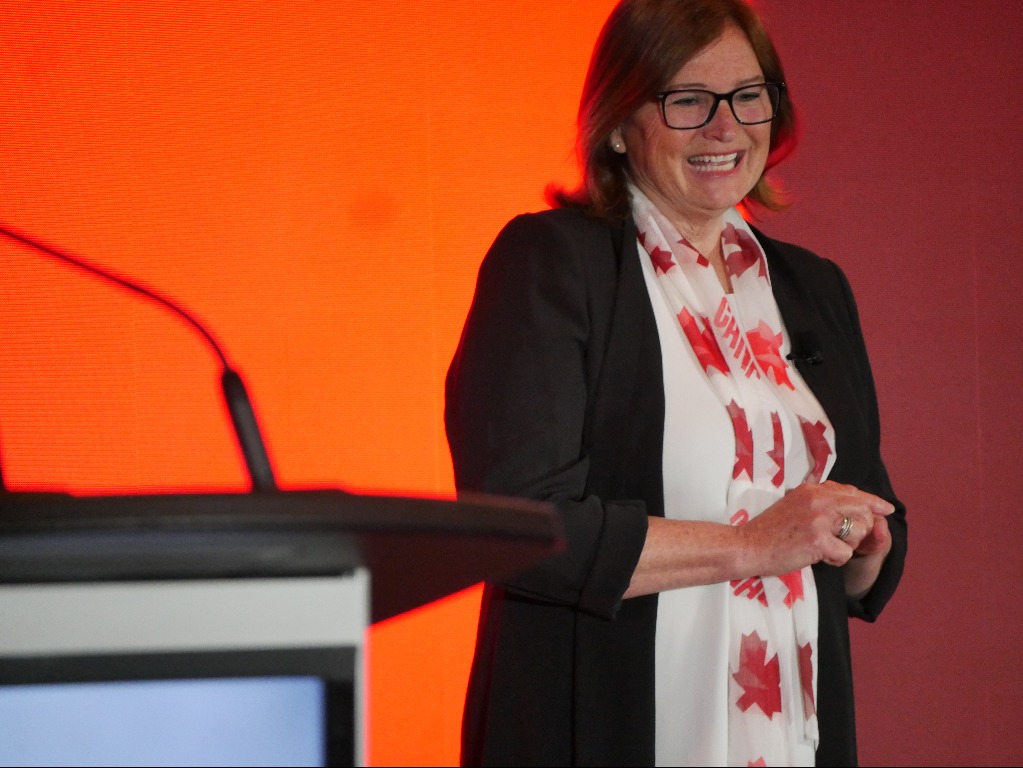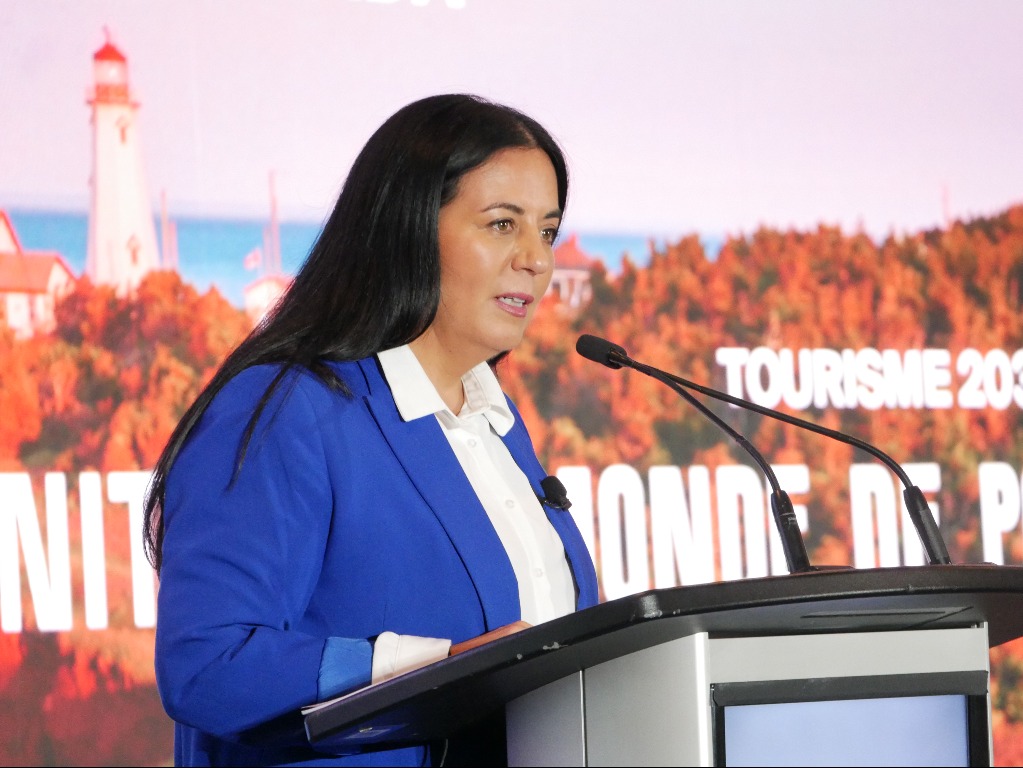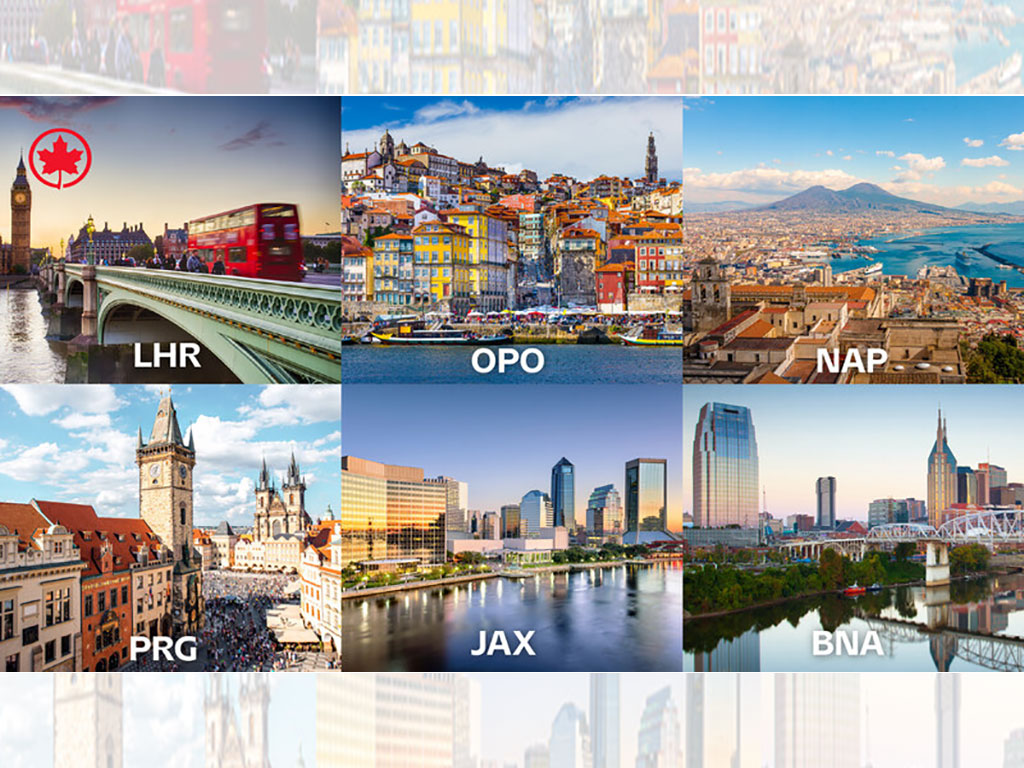Destination Canada reveals strategy to increase tourism

A new long-term strategy by Destination Canada promises to increase the value of the Canadian tourism sector by billions of dollars from now until 2030.
The new strategy, dubbed “A World of Opportunity,” focuses on making Canada one of the top seven tourism destinations in the world by 2030, by giving the sector competitive advantages on the global stage.
This tourism roadmap will provide the tools to generate up to $160 billion in annual revenues for the sector by 2030, transcending the traditional constraints that currently cap the potential of the tourism industry, says Destination Canada. Annual revenues for tourism across Canada are currently $140 billion.
Destination Canada is a crown corporation that builds demand for Canadian tourism through research, alignment with public/private sectors and marketing Canada both nationally and internationally.
Canadian tourism on the decline
Canada’s global competitiveness has continued to slip since 2009. The World Economic Forum’s Travel and Tourism Development Index, which measures the impact of factors and policies that enable the sustainable development of tourism, ranked Canada as 13th in the world amongst 100 countries last year. That is a drop of three places and marks the first time that Canada has fallen out of the top ten, said Destination Canada.
“This is a pivotal moment for the tourism industry in Canada,” said Marsha Walden, president and CEO of Destination Canada during a press conference at the Rendez-vous Canada 2024 international travel trade marketplace in Edmonton last week.
“We know tourism is already outpacing the global and Canadian economies but without a transformative shift, we risk stagnation and vulnerability to future economic shocks,” said Walden. Attending Rendez-vous Canada was Baxter Media’s Ted Davis.
“But we can’t do it alone,” said Walden. “To truly transform, there must be collective action. This is why Canadians are at the heart of this strategy. Together, we can drive transformative growth, inspire civic and national pride in what we have to offer, create sustainable, meaningful experiences for our guests and yield tangible benefits for our communities from coast to coast to coast.”
Transformative growth planned
Transformative growth for the sector will be achieved through strategic drivers, each of which will be backed by coordinated initiatives and actions. The overall goal is to make Canada more competitive through advancement of the sector.
For example, Walden described how brand leadership would “drive the brand” by creating a more sustainable and balanced tourism landscape. That is, the goal will be to “strategically target and geographically disperse guests to expand seasonality, and provide local opportunities,” she said.
Walden expanded on this concept during the press conference, saying that “We have a very sustainable sector but there is more work to be done. We all need to adapt to how we are preparing our businesses to be more sustainable, and how we are delivering experiences that are in accordance with good environmental practices. This also includes how to be more socially and culturally sustainable, so we are not impacting communities in negative ways, but instead enriching communities with tourism,” she said.
Beth Potter, president of the Tourism Industry Association of Canada (TIAC), agreed, saying that “Tourism operators can align with the goals outlined in the 2030 Strategy by enhancing sustainability, promoting local experiences and expanding seasonality.”
“By differentiating themselves through unique and authentic offerings, SMEs (small and mid-size enterprises) can attract more visitors and contribute to the diversification of Canada’s tourism offerings. And by forming partnerships, operators can expand into new markets, share resources and develop innovative solutions to common challenges facing the sector,” added Potter.

Research for the new tourism strategy will be powered by a Data Solutions Collective, which will be “absolutely critical” to the 2030 roadmap, said the Destination Canada senior executive director of global market and brand intelligence. “Our job is to transform data into insights,” said Joe Amati, who piloted a press conference during RVC 2024. He explained that the collective is built on information gleaned from about 175 data suppliers, including Statistics Canada for example. As a result, over 5,000 destinations in Canada have newly-detailed data sets and consumer insights.
“Canada is a tourism superpower because we have what the world wants,” said the federal minister of tourism Soraya Martinez Ferrada. “Destination Canada’s ‘A World of Opportunity’ strategy will help our tourism sector reach its full potential, bringing more visitors to our country and creating jobs and opportunities in communities nationwide.”
The sold-out 48th edition of Rendez-vous Canada in Edmonton wrapped up on May 17.
There were more than 1,400 attendees at the show this year, including over 400 tourism product buyers and travel trade media from Destination Canada’s key markets, including Australia, China, France, Germany, Japan, Mexico, South Korea, the UK and the United States.
They met with over 900 Canadian tourism product representatives from more than 482 Canadian organizations at 55,000-plus one-on-one appointments.



